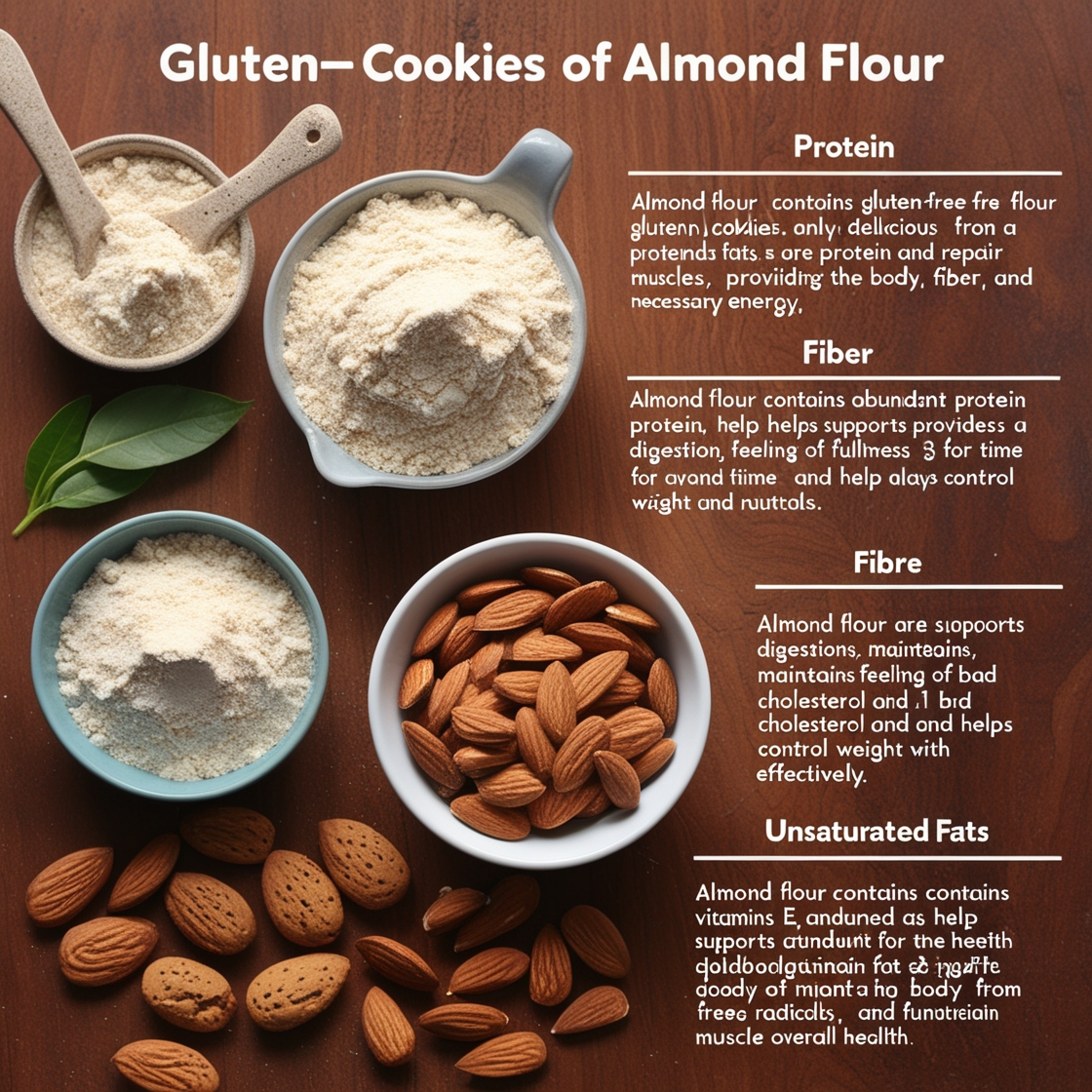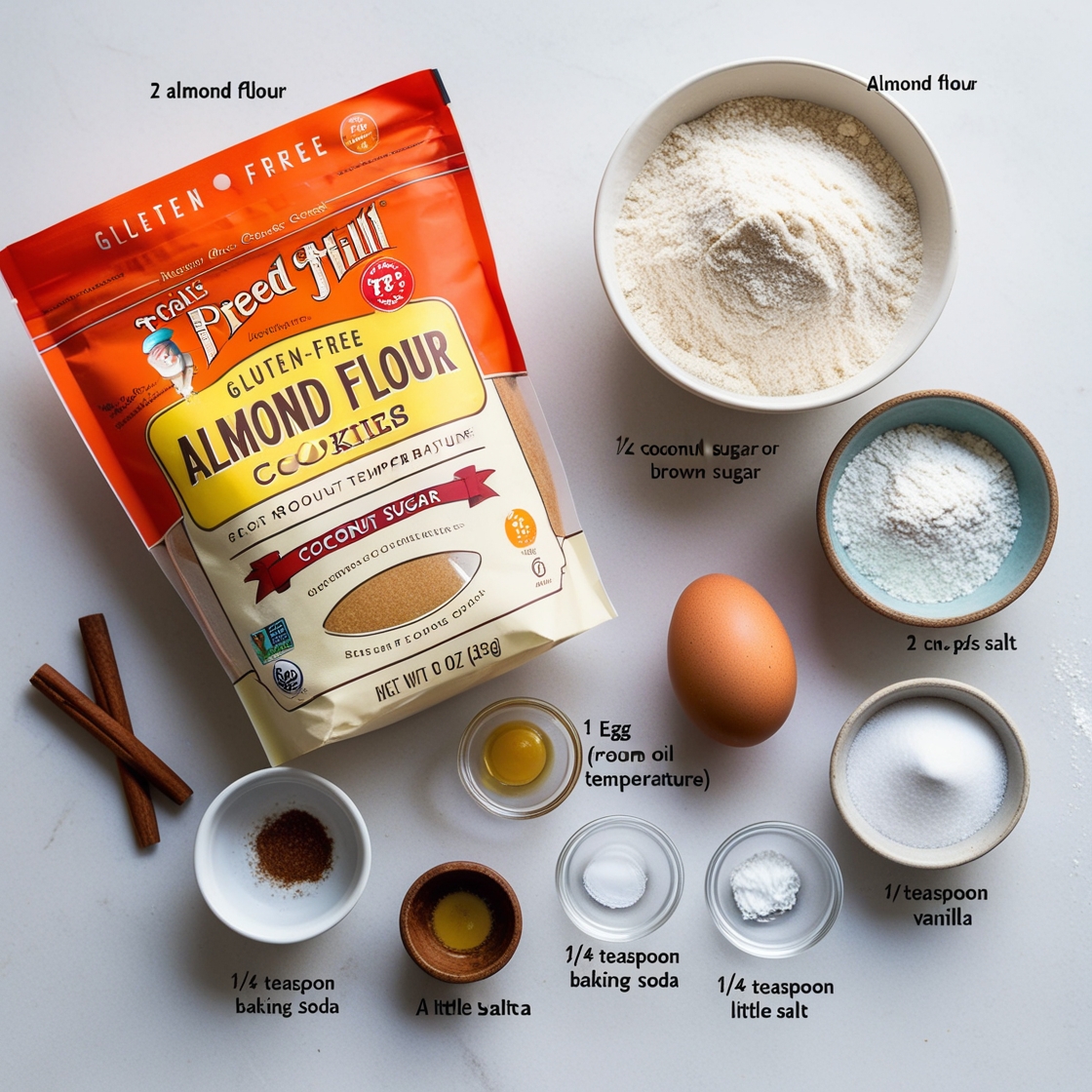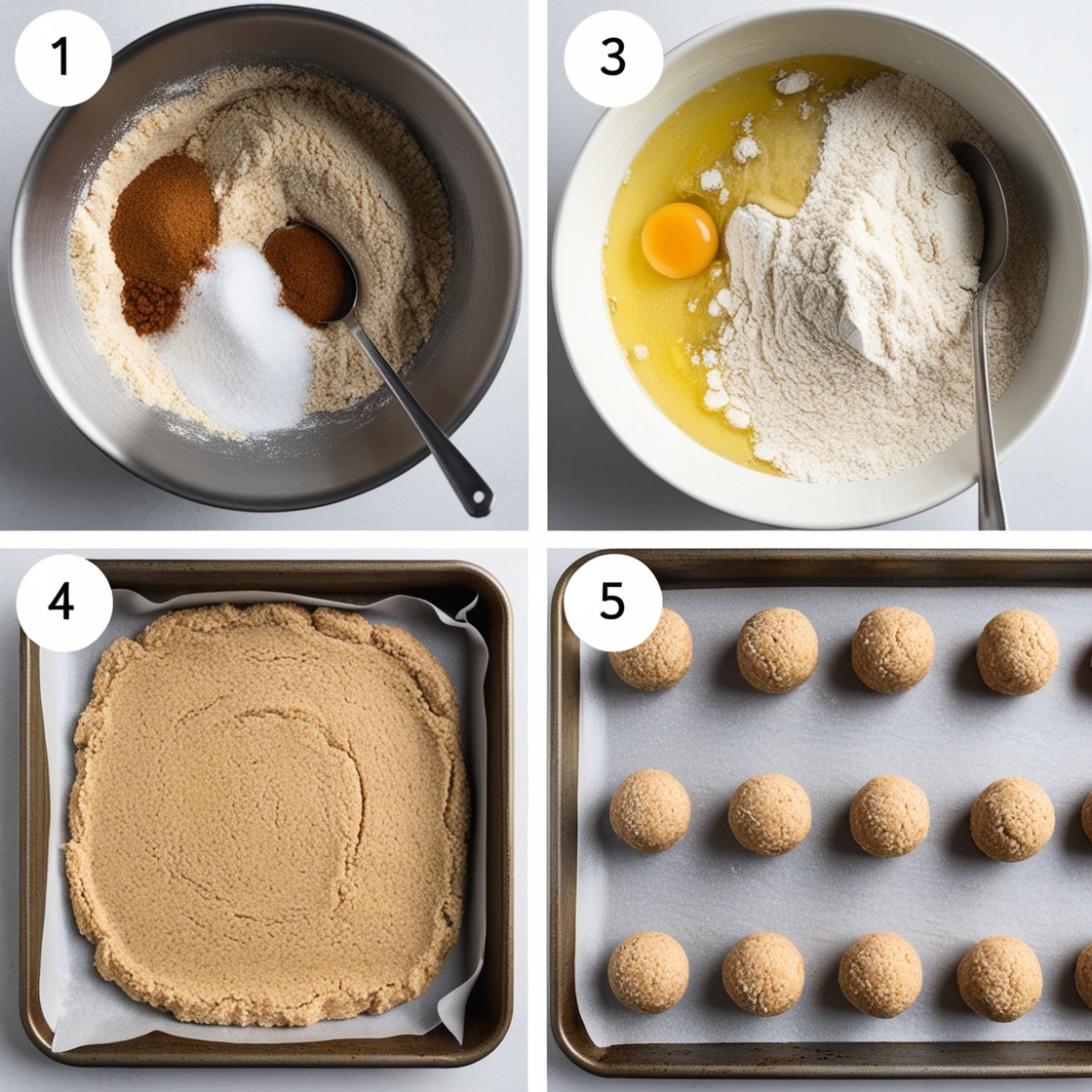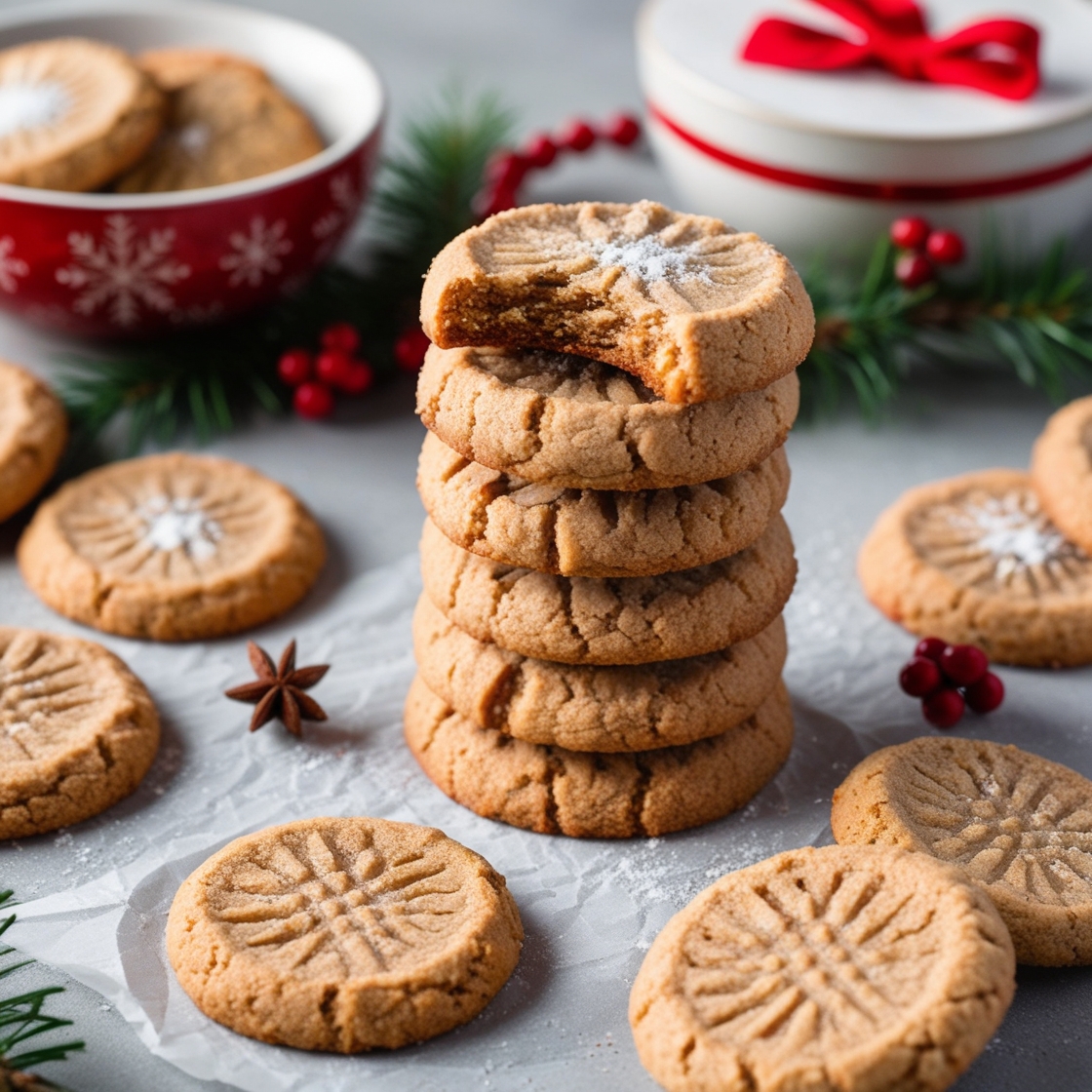Christmas is not only a time to exchange meaningful gifts and enjoy the warm atmosphere of the festive season, but also an opportunity for people to gather together, share delicious meals and enjoy wonderful moments. Spend time together with family and friends. For many people, especially those with gluten allergies or following a gluten-free diet, finding and enjoying delicious foods this holiday season can sometimes be a challenge. In that context, gluten-free Christmas cookies from almond flour emerge as a great choice, not only meeting culinary needs but also bringing many nutritional benefits. The delicious, sweet flavor of almond flour combined with other natural ingredients creates crunchy, nutritious and attractive cookies. Let’s explore the recipe for making gluten-free Christmas cookies from almond flour to add an indispensable delicious treat to your Christmas table, ensuring health and pleasing everyone.

Nutritional value:
Gluten-free cookies from almond flour are not only delicious but also contain many valuable nutritional values. Almond flour is a good source of protein, fiber and healthy fats. Outstanding nutritional values of almond flour include:
+ Protein: Almond powder contains abundant protein, which helps build and repair muscles, providing the body with necessary energy.
+ Fiber: Fiber in almond flour supports digestion, maintains a feeling of fullness for a long time, and helps control weight effectively.
+ Unsaturated fats: These healthy fats are good for the heart, help reduce bad cholesterol and maintain overall health.
In addition, almond flour also contains many vitamins and minerals such as vitamin E, magnesium, and potassium, which play an important role in protecting the body from free radicals and supporting muscle function.

Ingredient
To make gluten-free Christmas cookies from almond flour, you need to prepare the following ingredients:
2 cups almond flour
1/2 cup coconut sugar or brown sugar
1/4 cup coconut oil (melted)
1 egg (room temperature)
1/2 teaspoon vanilla
1/4 teaspoon baking soda
A little salt

making:
Step 1: Preparation: First, preheat the oven to 175°C (350°F). Line a baking tray with baking paper to prevent the cake from sticking.
Step 2: Mix the Dough: In a large bowl, mix together the almond flour, coconut sugar, baking soda and salt. Make sure the dry ingredients are evenly combined.
Step 3: Add Liquid Ingredients: Add melted coconut oil, eggs and vanilla to the flour mixture. Use a spoon or mixer to mix well until a smooth and homogeneous mixture is formed.
Step 4: Shape the Cake: Use a spoon or your hands to shape the mixture into small balls and place on the baking tray. Gently press down the dough balls to flatten the cake.
Step 5: Bake: Place the tray in the oven and bake for about 10-12 minutes until the cake is light golden brown. Be sure to check regularly to avoid burning the cake.
Step 6: Enjoy: Let the cake cool completely before enjoying. You can store the cake in an airtight container at room temperature or in the refrigerator to keep it fresh longer.

Frequently asked Questions:
1. Can almond flour be replaced with other flour?
Yes, you can replace almond flour with cashew flour or coconut flour. However, the taste and texture of the cake will be slightly different. Cashew flour will provide a milder flavor, while coconut flour will create a fluffier texture.
1. Do gluten-free cookies keep for a long time?
Gluten-free almond flour cookies can be kept in an airtight container at room temperature for about 1 week. If stored in the refrigerator, the cake can stay fresh for up to 2 weeks. To keep the cake crispy, you should avoid leaving it in places with high humidity.
1. Can other nuts be added to the recipe?
Yes, you can add seeds like sliced almonds, chia seeds, or flaxseeds to the recipe to enhance the nutritional value and add crunch. Note that when adding these nuts, you need to adjust the amount of liquid so the cake doesn’t dry out.
Tips:
Use Sugar Instead: To reduce sugar, you can use stevia or erythritol instead of coconut sugar or brown sugar. Stevia is a zero-calorie natural sugar, while erythritol is a low-calorie sugar alcohol, suitable for people who want to control blood sugar levels.
Add Spices: To give your cookies a unique Christmas flavor, you can add a little cinnamon, nutmeg or ginger to the dough mixture. These spices not only bring rich flavor but also have many health benefits.
Temperature Control: Always monitor the oven temperature to ensure the cake does not burn. Each oven may have a difference in temperature, so you should check the cake after 8 minutes of baking to make sure it is cooked evenly and has a nice golden brown color.

Making your own gluten-free Christmas cookies from almond flour not only brings joy and satisfaction during the process, but is also a great way for you to take care of yourself and your family’s health during the season. festival. These delicious, nutritious cookies are not only a sweet gift for the ones you love, but also a testament to your care and attention to their diet. With natural ingredients and simple steps, you can absolutely create attractive batches of cookies, suitable for both dieters and gluten intolerant people. Each cookie not only contains the typical flavor of the Christmas season but also encapsulates love and sharing. Wishing you success in implementing this recipe and have a peaceful, happy Christmas season, filled with laughter and beautiful memories with family and friends. Let’s spread the joy and sweetness of these gluten-free almond flour cookies this holiday season
